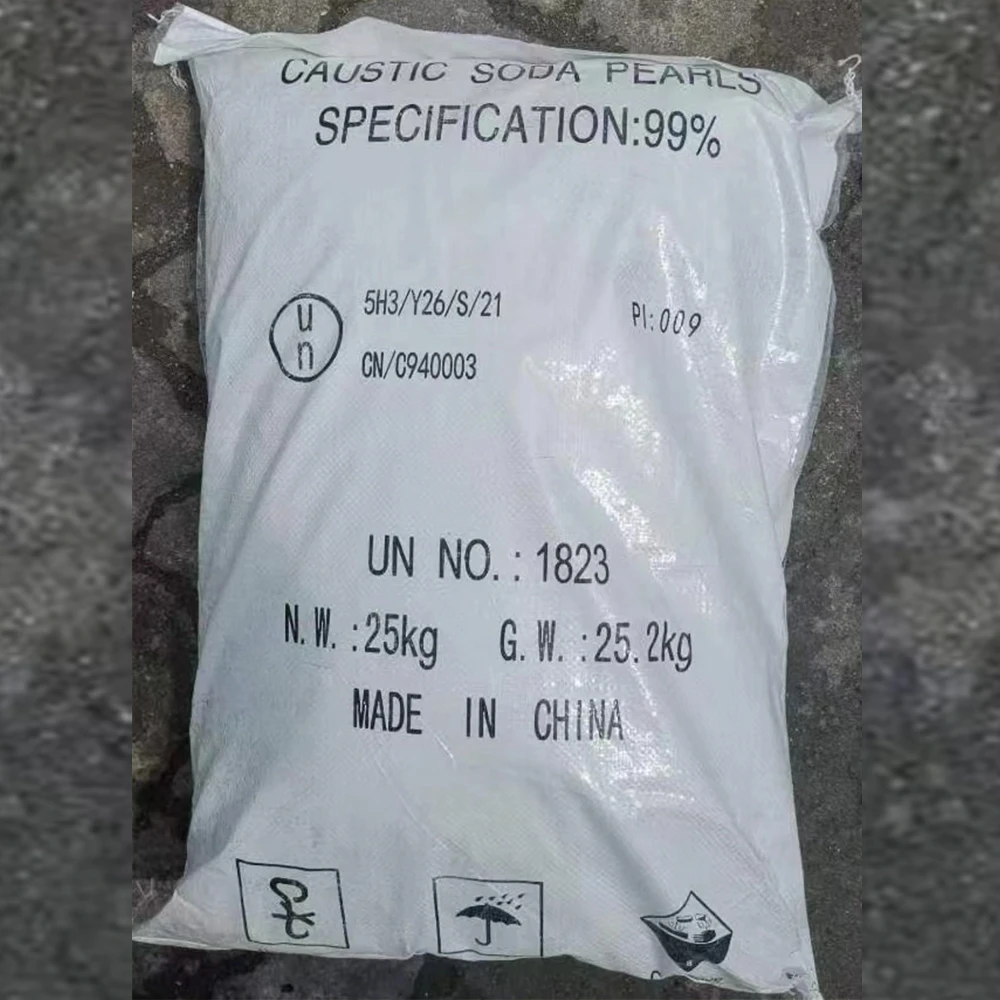



Key Chemicals Utilized for Effective Water Treatment Processes and Their Functions
The Role of Chemicals in Water Treatment
Water is an essential resource for all forms of life on Earth. However, due to pollution and the growing human population, the quality of our water sources is constantly under threat. Water treatment is a critical process designed to improve the quality of water so that it is safe for human consumption and suitable for various industrial uses. A wide range of chemicals is employed in water treatment processes to ensure that water is adequately purified. This article will explore the chemicals commonly used for water treatment and their respective roles in ensuring safe drinking water.
Coagulants
One of the primary steps in water treatment is coagulation, where chemicals known as coagulants are added to the water to remove suspended particles. The most commonly used coagulant is aluminum sulfate, often referred to as alum. When alum is added to water, it reacts to form a gelatinous precipitate that traps impurities and suspended solids. This process allows the particles to clump together, forming larger aggregates known as flocs, which can then be easily removed through sedimentation or filtration.
In addition to aluminum sulfate, other coagulants like ferric chloride and polyaluminum chloride are also used, depending on the specific characteristics of the water being treated. These coagulants are particularly effective in removing contaminants like silt, clay, and microorganisms, making them vital to the treatment process.
Disinfectants
Once the water has been clarified and major impurities removed, the next critical step is disinfection. This process eliminates harmful pathogens that could cause waterborne diseases. Chlorine has been the most widely used disinfectant for decades due to its effectiveness in killing bacteria and viruses. It can be applied as chlorine gas, sodium hypochlorite, or calcium hypochlorite.
Chlorine is favored because it not only disinfects water immediately but also provides a residual effect, meaning it continues to protect the water as it travels through pipelines to consumers. However, chlorine can react with organic material in the water to form disinfection by-products (DBPs), which may be harmful. Consequently, other alternative disinfectants such as ozone and ultraviolet (UV) light have gained popularity for their effectiveness without generating DBPs. Ozone is potent in killing pathogens, albeit with a shorter residual effect, while UV light disinfects water through exposure to ultraviolet radiation, effectively inactivating many microorganisms.
what chemical is used for water treatment

Flocculants and Polymers
Following coagulation and disinfection, water treatment facilities may also use flocculants to enhance the settling of impurities. Flocculants are polymers that promote the agglomeration of flocs, helping them settle more quickly in sedimentation basins. Common flocculants include polyacrylamide and natural substances like starches.
These chemicals improve the efficiency of the treatment process by reducing the time and space needed for sedimentation. As a result, water treatment plants can process larger volumes of water more effectively, ultimately leading to increased supply availability.
pH Adjusters
The pH level of water is crucial in determining its corrosiveness and suitability for distribution. To maintain optimal pH levels, water treatment facilities often add chemicals such as lime (calcium hydroxide) to raise pH or sodium bisulfite to lower it. Proper pH balancing is essential not only for protecting the pipes and infrastructure but also for ensuring that disinfection processes function effectively.
Conclusion
The chemicals used in water treatment play indispensable roles at various stages of the process. From coagulants that clear water of impurities to disinfectants that eliminate harmful pathogens, each chemical contributes to making water safe for public consumption. As science advances, the methods and chemicals used in water treatment will continue to evolve, ensuring that we can provide clean and safe water to meet the needs of our growing populations. Understanding the importance of these chemicals helps underscore the significance of maintaining water quality in a world where fresh water resources are increasingly strained.
-
Why Sodium Persulfate Is Everywhere NowNewsJul.07,2025
-
Why Polyacrylamide Is in High DemandNewsJul.07,2025
-
Understanding Paint Chemicals and Their ApplicationsNewsJul.07,2025
-
Smart Use Of Mining ChemicalsNewsJul.07,2025
-
Practical Uses of Potassium MonopersulfateNewsJul.07,2025
-
Agrochemicals In Real FarmingNewsJul.07,2025
-
Sodium Chlorite Hot UsesNewsJul.01,2025










